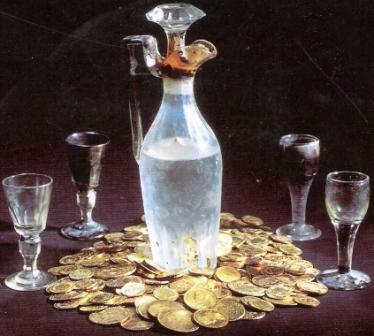The Jakarta Post –
A little boy’s birthday party went tragically wrong when a double-decker tour boat capsized during a storm in southern Vietnam, killing 15 people – including the 3-year-old being honored and four other children, officials said Sturday.
Divers recovered the bodies, including two Chinese adults, from the Saigon River on Saturday afternoon, but one passenger remained missing, said Trieu Van Giau, head of Binh Duong provincial waterway police. The incident remains under investigation, but bad weather is being blamed. Several peole managed to swim to safety following Friday evening’s incident, which occurred while the restaurant-style boat was cruising the river during heavy rains and violent winds, said Le Van Hieu, chief of Binh Nham village in Binh Duong province, 19 miles (30 kilometers) northwest of Ho Chi Minh City “It’s horrible to see the birthday party for that 3-year-old boy turn into a tragedy,” he said. The boat was about 100 yards (meters) away from the terminal when it went down around 7 p.m, he said. According to state-run media, a Vietnamese businessman was throwing the birthday celebration. Thereports said the father managed to survive, but that nine family members – including his wife, son and 6-year-old daughter – did not make it to shore. One survivor was quoted as saying he was having a beer with friends when the boat started to sink. He said it flooded with water so fast that he wasn’t ableto reach his wife and son on the other side of the deck. Others reported that all of the windows had been closed to keep the rain out, which may have hindered passengers’ escape.




